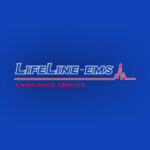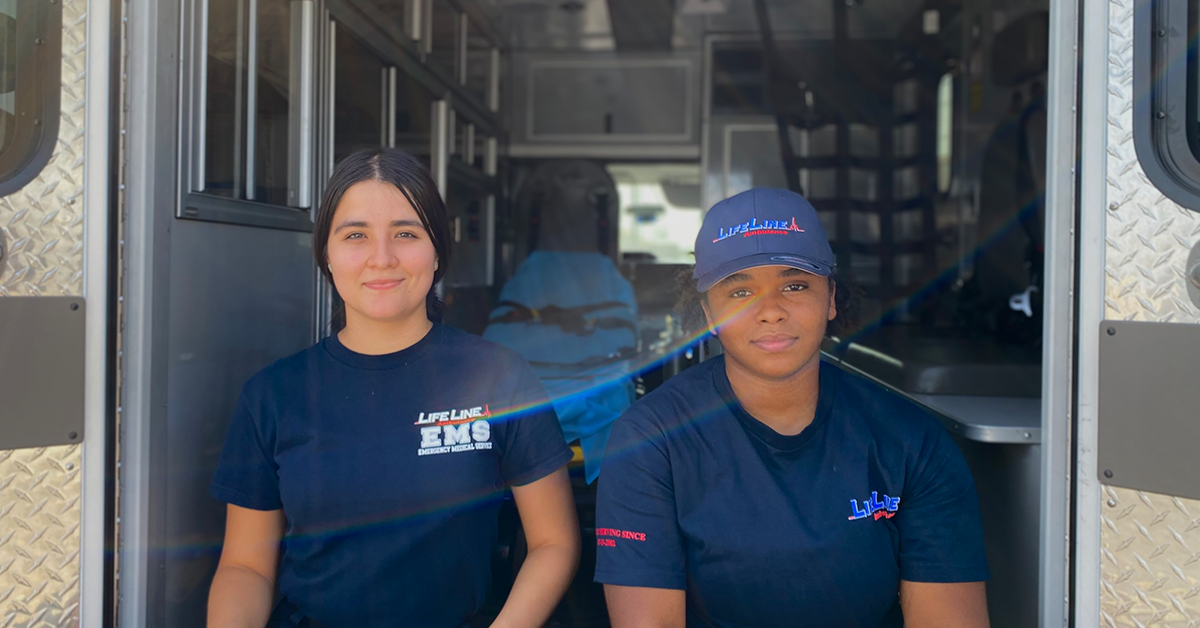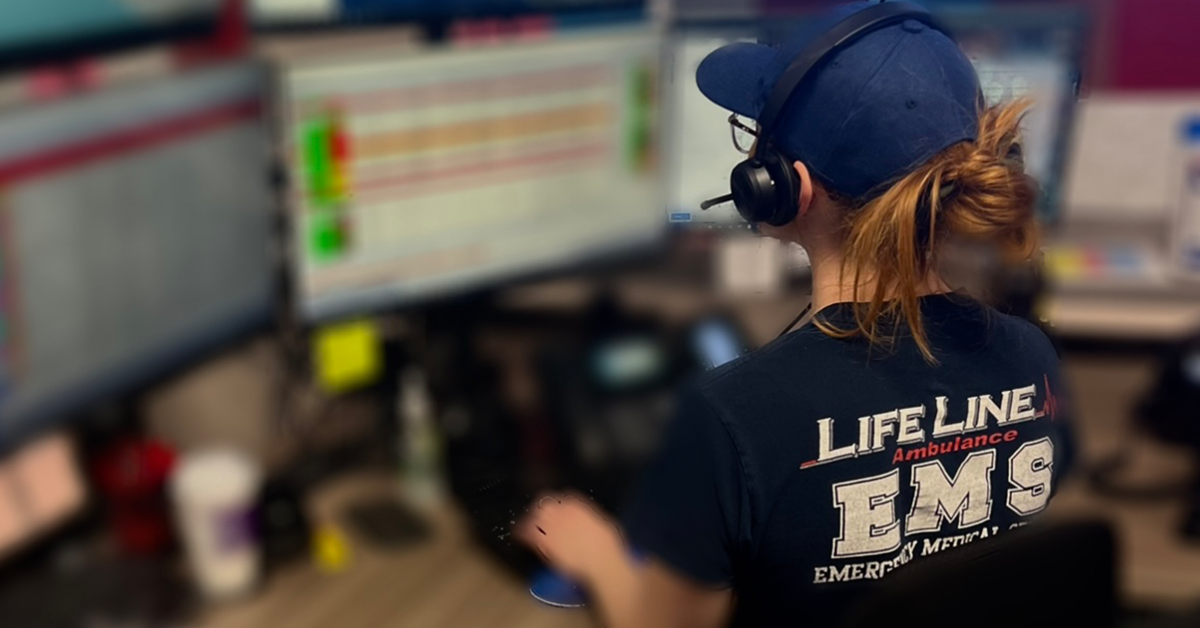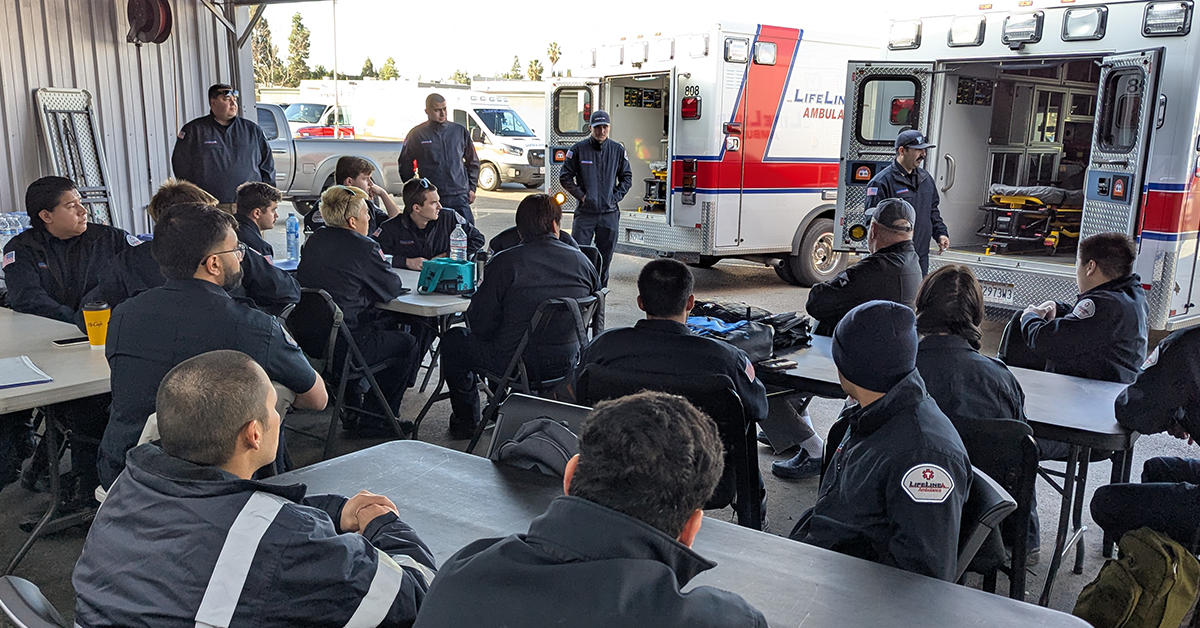Emergency Medical Technicians are the backbone of emergency medical services, responding to life-threatening situations with skill and efficiency. Over the years, EMT uniforms have evolved significantly, transitioning from basic, utilitarian attire to highly functional and professional apparel designed to enhance safety, mobility, and public perception. In fast-paced regions like Los Angeles and Southern California, where EMTs face diverse challenges, their uniforms play a crucial role in ensuring effectiveness on the job.
The Early Days: Basic and Functional Attire
In the early days of emergency medical services, EMT uniforms were not as standardized as they are today. Early responders often wore:
- Button-down shirts and slacks – These were practical yet lacked durability for fieldwork.
- Casual, non-uniform clothing – Some early ambulance attendants wore civilian attire, which made it difficult for patients to identify them as medical professionals.
- Minimal protective gear – Early uniforms lacked fire resistance, moisture-wicking properties, and visibility enhancements.
While these early uniforms provided some level of practicality, they were far from ideal for the high-intensity environments EMTs frequently operated in.
The Shift Towards Standardization
As emergency medical services became more structured in the 1970s and 1980s, standardization of EMT uniforms became a priority. This shift aimed to:
- Improve Professionalism – Standard uniforms established credibility and helped the public quickly identify EMTs.
- Enhance Safety – Brightly colored uniforms with reflective strips improved visibility, especially at night or in hazardous conditions.
- Increase Durability – Sturdier fabrics were introduced to withstand long hours and harsh working environments.
During this period, EMTs began wearing:
- Dark navy or blue uniforms – Resembling police or firefighter uniforms to convey authority and professionalism.
- Cargo pants with reinforced stitching – Providing storage for essential tools such as gloves, shears, and pens.
- Short-sleeved and long-sleeved uniform shirts – Featuring EMS patches and name tags for easy identification.
Modern Innovations: Functionality Meets Comfort
In today’s fast-paced emergency response landscape, EMT uniforms are designed with both practicality and comfort in mind. Some of the latest innovations include:
1. Moisture-Wicking and Breathable Fabrics
Los Angeles and Southern California’s warm climate necessitate uniforms that prevent overheating. Modern EMT uniforms now incorporate:
- Moisture-wicking materials to keep responders dry.
- Lightweight and breathable fabrics that improve comfort during long shifts.
- Temperature-regulating properties to adapt to different environments.
2. High-Visibility Features
To enhance safety, especially during nighttime emergencies or traffic incidents, modern EMT uniforms include:
- Reflective stripes and patches for visibility in low-light conditions.
- Bright color options such as neon yellow or orange for increased recognition.
- High-contrast designs that stand out in chaotic emergency scenes.
3. Ergonomic and Tactical Design Elements
Practicality is essential for EMTs who need to move quickly and efficiently. Modern uniforms incorporate:
- Elastic waistbands and adjustable fits for improved mobility.
- Multiple cargo pockets to store medical gloves, shears, pens, and trauma kits.
- Reinforced knees and stretch panels for comfort and durability.
Specialized Uniforms for Different EMS Roles
Depending on their roles, EMTs may require specialized uniforms. Some variations include:
- Flight Paramedic Uniforms: Fire-resistant suits designed for airborne emergency response teams.
- Hazmat EMS Uniforms: Chemical-resistant gear for hazardous materials situations.
- Wildfire EMS Response Gear: Flame-resistant uniforms tailored for EMTs working in fire-prone regions of Southern California.
The Role of EMT Uniforms in Public Perception
Beyond functionality, uniforms also influence how the public perceives EMTs. A well-designed uniform:
- Instills confidence in patients and bystanders.
- Enhances credibility by making EMTs easily identifiable.
- Reflects professionalism and the high standards of the EMS industry.
In Los Angeles and Southern California, where EMTs often work at public events, crowded urban areas, and tourist destinations, having a recognizable uniform ensures faster assistance and fosters trust within the community.
Future Trends in EMT Uniforms
With technology continuing to evolve, the next generation of EMT uniforms is likely to include:
- Smart fabrics that monitor vital signs and hydration levels.
- Integrated communication tools such as Bluetooth-enabled uniforms for hands-free coordination.
- Eco-friendly and sustainable materials to reduce environmental impact.
- Antimicrobial coatings to prevent bacterial infections and maintain hygiene.
Keep Reading
Want more? Here are some other blog posts you might be interested in.
In the high-stakes world of emergency medical services, clear and effective communication can mean the difference between life and death. EMS professionals...
Emergency Medical Services is an ever-evolving field that requires constant learning and adaptation. With medical advancements, technological innovations, and increasing public health...
Emergency Medical Services s a high-stress, physically demanding profession that requires dedication, quick decision-making, and resilience. While the rewards of saving lives...






